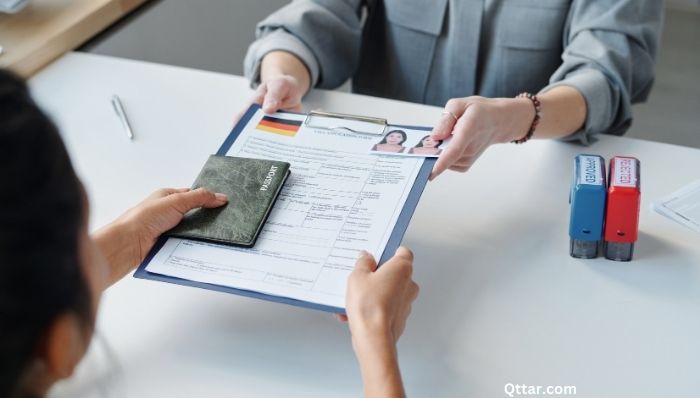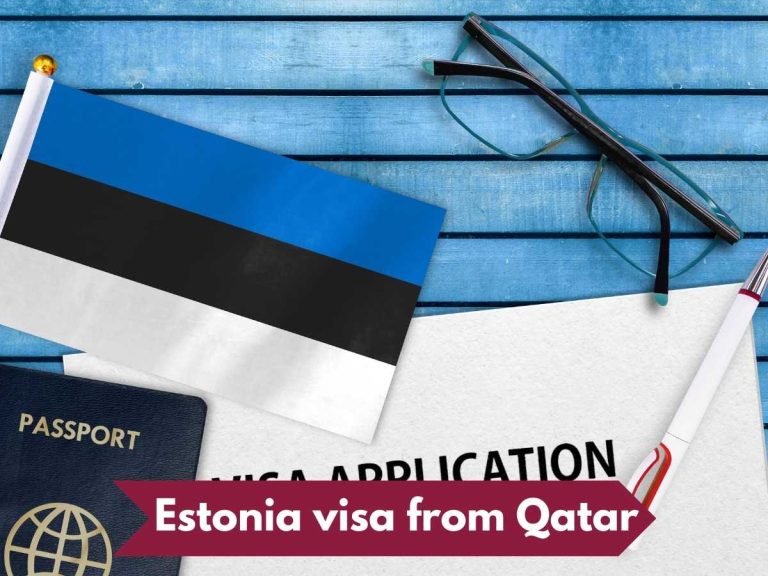Schengen Acquis: EU’s Free Movement Framework
The Schengen acquis is a set of rules and legislation integrated into European Union law that governs the abolition of internal border controls and strengthens external border controls within the Schengen Area.
Understanding the Schengen Acquis
The Schengen acquis forms the foundation of the Schengen Area, a zone of free movement within Europe. This set of rules and regulations allows for the removal of internal border checks between participating countries while establishing a common external border control system.
The acquis includes various agreements, conventions, and protocols that have been developed and implemented over time to create a seamless travel experience within the Schengen Area.
Origins and Development
The Schengen acquis has its roots in the Schengen Agreement, signed on June 14, 1985, by five European countries: Belgium, France, Germany, Luxembourg, and the Netherlands. This initial agreement aimed to gradually remove internal border controls between these nations. The concept expanded with the signing of the Schengen Convention on June 19, 1990, which provided more detailed provisions for implementing the agreement.
As more countries joined the Schengen Area, the acquis grew to include additional agreements and protocols. A significant milestone occurred in 1999 when the Amsterdam Treaty incorporated the Schengen acquis into the legal framework of the European Union. This integration meant that the Schengen rules became part of EU law, binding on all EU member states, even those not fully participating in the Schengen Area.
Key Components of the Schengen Acquis
The Schengen acquis comprises several essential elements that work together to maintain the integrity of the Schengen Area:
- Abolition of internal border controls: The primary feature of the Schengen Area is the removal of checks at internal borders between participating countries. This allows for free movement of people within the area.
- Common external border control: To compensate for the removal of internal checks, the Schengen acquis establishes strict rules for controlling the external borders of the Schengen Area. This includes standardized procedures for entry and exit.
- Common visa policy: The Schengen acquis includes provisions for a unified visa system, allowing holders of a Schengen visa to travel freely within the entire Schengen Area for short stays.
- Police and judicial cooperation: To maintain security within the borderless zone, the acquis provides for enhanced cooperation between law enforcement agencies of participating countries.
- Schengen Information System (SIS): This large-scale database is a crucial tool for sharing information on persons and objects of interest among Schengen countries, aiding in border control and law enforcement efforts.
Implementation and Application
The implementation of the Schengen acquis is not uniform across all EU member states. While most EU countries fully apply the Schengen rules, some have opted out or are in the process of joining:
- Full application: Most EU member states, including Germany, France, Spain, and Italy, fully apply the Schengen acquis.
- Partial application: Some EU countries, such as Bulgaria and Romania, are in the process of fully implementing the Schengen acquis. They apply parts of the rules but have not yet removed internal border controls.
- Non-application: Ireland has opted out of the Schengen Area but participates in some aspects of police cooperation under the acquis.
- Non-EU Schengen states: Iceland, Norway, Switzerland, and Liechtenstein are not EU members but have agreements to implement the Schengen acquis and participate in the Schengen Area.

Benefits of the Schengen Acquis
The implementation of the Schengen acquis has brought numerous benefits to participating countries and their citizens:
Free Movement of People
One of the most significant advantages of the Schengen acquis is the free movement it allows within the Schengen Area. Citizens and legal residents of Schengen countries can travel, work, and live in other Schengen states without the need for visas or going through border checks. This freedom of movement has greatly facilitated tourism, business travel, and cross-border employment opportunities.
Economic Benefits
The removal of internal border controls has led to economic benefits for Schengen countries. It has reduced transportation costs, streamlined trade processes, and encouraged economic integration among participating nations. The ease of movement has also boosted tourism within the Schengen Area, contributing to the economies of member states.
Enhanced Security Cooperation
While the Schengen acquis removes internal border checks, it also strengthens security measures through increased cooperation between law enforcement agencies. The Schengen Information System allows for quick sharing of information on criminal activities and persons of interest, helping to combat cross-border crime more effectively.
Simplified Travel for Non-EU Visitors
For visitors from outside the EU, the Schengen acquis simplifies travel within Europe. A single Schengen visa allows tourists and business travelers to visit multiple countries within the Schengen Area without the need for separate visas for each country.
Challenges and Ongoing Developments
Despite its many benefits, the implementation of the Schengen acquis has faced challenges:
Border Control During Crises
The COVID-19 pandemic highlighted the need for flexibility in border management during crises. Many Schengen countries temporarily reintroduced internal border controls to manage the spread of the virus, raising questions about the balance between free movement and public health concerns.
Migration Management
The refugee crisis of 2015 and ongoing migration pressures have strained the Schengen system. Some countries have called for reforms to better manage external borders and distribute the responsibility for processing asylum seekers more evenly among member states.
Terrorism and Security Concerns
Terrorist attacks within the Schengen Area have led to increased scrutiny of the open border policy. Efforts are ongoing to strengthen security measures without compromising the principle of free movement.
Proposed Reforms
In response to these challenges, the European Commission has proposed reforms to the Schengen Borders Code. These proposals aim to:
- Provide more flexibility for member states to address security threats while maintaining free movement as the norm.
- Improve coordination and information sharing during crises.
- Strengthen external border management and cooperation with non-EU countries.
The Future of the Schengen Acquis
As the European Union continues to evolve, so too does the Schengen acquis. Future developments may include:
- Further integration of EU and non-EU Schengen states.
- Enhanced use of technology for border management and security.
- Continued adaptation to address new challenges such as climate-induced migration and cybersecurity threats.
The Schengen acquis remains a cornerstone of European integration, balancing the ideals of free movement with the need for security and effective border management. Its continued evolution will play a crucial role in shaping the future of Europe’s borders and the movement of people within and into the Schengen Area.

Frequently Asked Questions
What is the difference between the Schengen Area and the European Union?
The Schengen Area and the European Union are distinct entities, although they overlap significantly. The European Union is a political and economic union of 27 member states, while the Schengen Area is a zone of 27 European countries that have agreed to allow free movement of their citizens within the area as a single jurisdiction for international travel purposes.
Not all EU countries are part of the Schengen Area (e.g., Ireland), and some non-EU countries are part of Schengen (e.g., Norway, Iceland, Switzerland, and Liechtenstein).
How long can non-EU citizens stay in the Schengen Area?
Non-EU citizens holding a Schengen visa can stay in the Schengen Area for up to 90 days within a 180-day period. This period begins from the date of first entry into a Schengen country. It’s important to note that this rule applies to short-stay visas and not to long-term visas or residence permits issued by individual Schengen countries.
Can a country be removed from the Schengen Area?
While there is no specific provision for removing a country from the Schengen Area, a country’s participation can be suspended if it is deemed to be failing to meet its obligations under the Schengen acquis. This has never happened, but the EU does have mechanisms to address serious deficiencies in a member state’s application of Schengen rules.
How does Brexit affect the UK’s relationship with the Schengen Area?
The United Kingdom was never part of the Schengen Area, even when it was an EU member. After Brexit, the UK’s relationship with the Schengen Area remains largely unchanged in terms of border controls. However, UK citizens now face different entry requirements when traveling to Schengen countries, including limits on the duration of stays and the potential need for visas for longer visits or work purposes.
How does the Schengen acquis affect data protection and privacy?
The Schengen acquis includes provisions for data protection, particularly concerning the Schengen Information System (SIS). These rules aim to balance the need for information sharing among law enforcement agencies with individuals’ rights to privacy and data protection.
The implementation of the General Data Protection Regulation (GDPR) in the EU has further strengthened these protections, applying to all personal data processing activities related to the Schengen acquis.

Ammara Abdullah is an experienced writer and editor specializing in technology and digital trends. With over 5 years of experience, she produces insightful articles on emerging tech, consumer electronics, and digital culture. Ammara holds a degree in journalism and is passionate about making complex topics accessible to readers.






